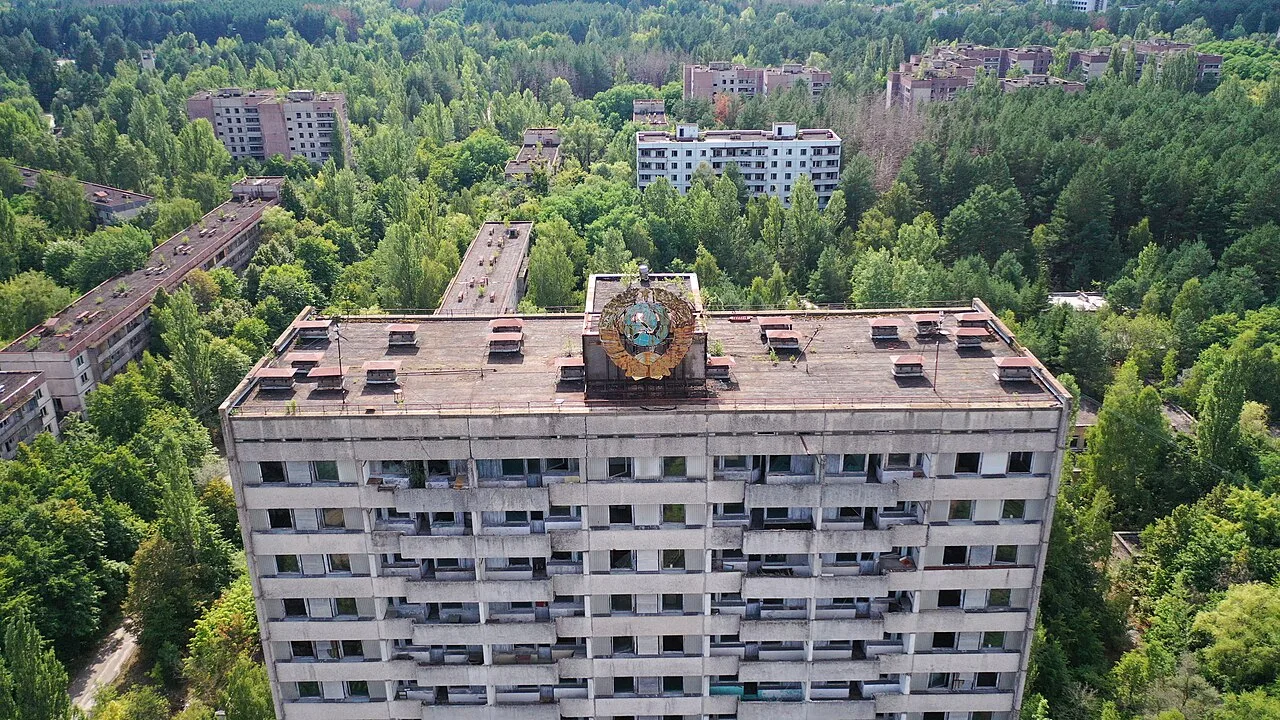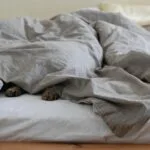In October 2025, a text with sensational statements by a certain biologist went viral on the Internet - at a conference in Prague, he allegedly spoke about the environmental situation in the Chernobyl exclusion zone. We checked the veracity of the report from the proposed conference.
The viral text consists of several points about how nature in the Chernobyl exclusion zone is developing in the absence of humans. Allegedly, populations of wild animals have grown exponentially, some species have mutated and acquired increased resistance to cancer, and fungi have learned to use radiation. A scientist who has allegedly lived in the exclusion zone for 15 years claims: “What is happening in the zone now is breaking science,” “Chernobyl has become the best nature reserve in Europe,” and “Chernobyl has become a laboratory of the future, where evolution occurs at the speed of light.” Internet users actively share resonant statements on social networks (“VKontakte", Facebook, Instagram, X, Threads, Telegram) and on blogging platforms. In all publications the text is identical almost verbatim.
Despite the fact that the note was widely circulated on social networks, “Verified” did not find news about such sensational statements in the media and on pseudo-scientific resources. There is no mention of a conference in Prague where these statements could be made. Doubts about the veracity of this report are also raised by the fact that the name, position and place of work of the biologist from Chernobyl are not mentioned anywhere.
The only difference in viral posts is the name mentioned at the end (presumably the author of the text). In some posts a certain Boris Viktorovich is indicated, in others - @sergey_seytmuradov. “Verified” was unable to find out who Boris Viktorovich is, but the corresponding publication was found on the Instagram user @sergey_seytmuradov. Fast he posted the viral text on October 7, 2025, and this is the earliest such publication that “Verified” found.
If you examine the user's profile, nothing suggests that he could somehow end up at the relevant scientific conference. The description states: “I share the experience of a reliable father and husband. Taught 3000+ people to speak English easily.” The user also boasts that he gained 50,000 subscribers in a month. And this is not surprising, given the nature of his posts: almost all of them are clickbait texts with supposedly sensational insights from people of different professions.

So, around the same time as the publication about the biologist from Chernobyl, posts came out with the headings: “One historian at a closed lecture he said: “These names are not just people, they are the architects of the system in which we live” (and that’s what he meant)”, “Hepatologist at the conference I accidentally got applause: the liver dies not from alcohol, but from juices (and here’s why)” and “Archaeologist in Alaska confessed why scientists cooked 50,000-year-old bison stew (and what they felt when they tasted it).” However, most of the publications do not get even a dozen likes, unlike the text about Chernobyl that went viral. Many users accuse the author that his texts were generated by neural networks.
As for the statements themselves given in the text, everything is not so clear with them. As it turned out, they are even partly based on scientific data, but they are quite distorted and taken out of context.
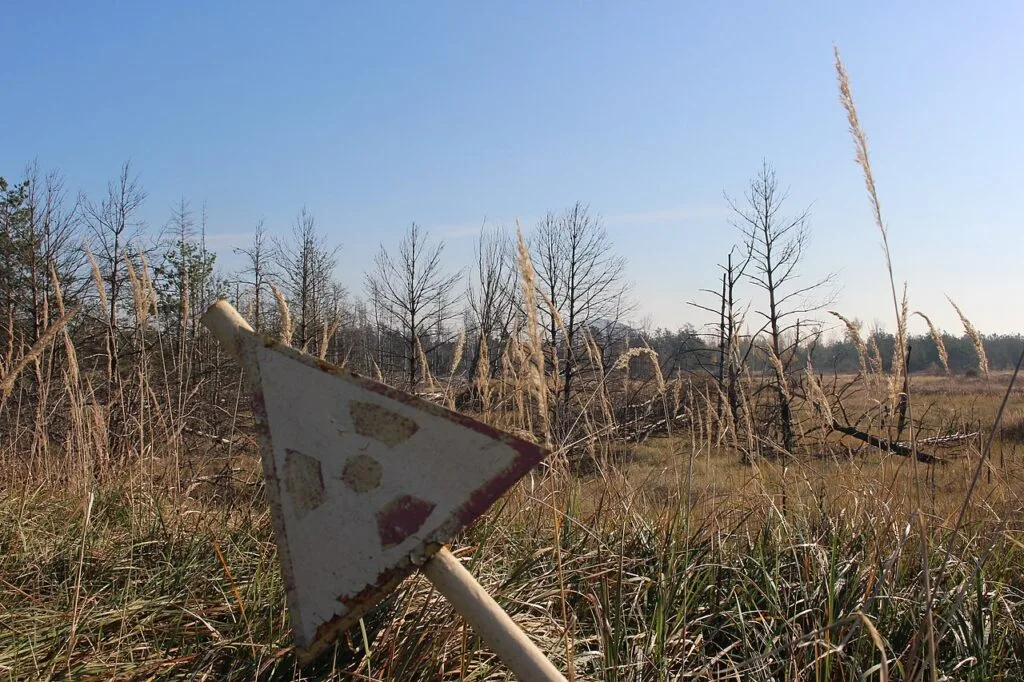
“In the 39 years after the disaster, the population of large mammals has increased sevenfold. Wolves have occupied abandoned schools, bears have returned after a century, and lynxes walk on the roofs of houses where people once lived. The radioactive wasteland has become a place where nature has finally exhaled without us. And the numbers prove: humans are more dangerous than radiation.”
Biodiversity in the region after the Chernobyl accident has grown, and this is actually due to the disappearance of the anthropogenic factor. Vegetation was no longer cut down, and as a result, trees and shrubs grew in places where people once lived. Following them came animals that had previously stayed away from civilization. Scientists are constantly making observations, studying the effect of radiation on flora and fauna, but there is currently no consensus on certain issues, and it is too early to draw final conclusions.
Firstly, radiation affected different species of animals miscellaneous impact. So, the number of wolves, according to data some scientists, seven times higher than in similar natural reserves in the region that are not contaminated by radiation. But it is incorrect to extrapolate these data to all other large mammals. The text being analyzed as a whole is characterized by generalizations, which should be avoided in scientific research. Secondly, differences in study designs sometimes lead scientists to conflicting results. In addition, not enough time has passed since the accident to document the long-term effects that radiation has on populations.
“The most amazing thing is the mutations that make animals stronger. Wolves from the zone were found to have cancer resistance six times higher than normal. Their cells repair DNA damage faster than those of laboratory samples."
Apparently this fragment is based on research scientists from the laboratory of Princeton University. In 2014, they observed wolves in the exclusion zone: they took their blood for analysis and put special collars with dosimeters on them, which recorded the level of radiation affecting the animals. However, the research results in the viral text are interpreted incorrectly. Scientists discovered specific regions of the genome in wolves that were more resistant to an increased risk of cancer. However, the difference with the control group of animals not exposed to radiation is not specified. The six-fold difference is indeed mentioned in the study, but not in relation to cancer resistance: the wolves were exposed to radiation that was six times the normal level for the average human. “Verified” could not find the full text of the study, but in 2019 a group of researchers, which included the same scientists from Princeton University, published a scientific work, dedicated to measuring the level of radiation exposure on wolves in the Chernobyl exclusion zone. It did not mention that blood was also taken from the wolves, but judging by the study participants and the design described, most likely, data on the radiation doses that the wolves received was obtained then. The sample consisted of only eight individuals (initially nine, but one of the wolves died just a few days after the start of the experiment).
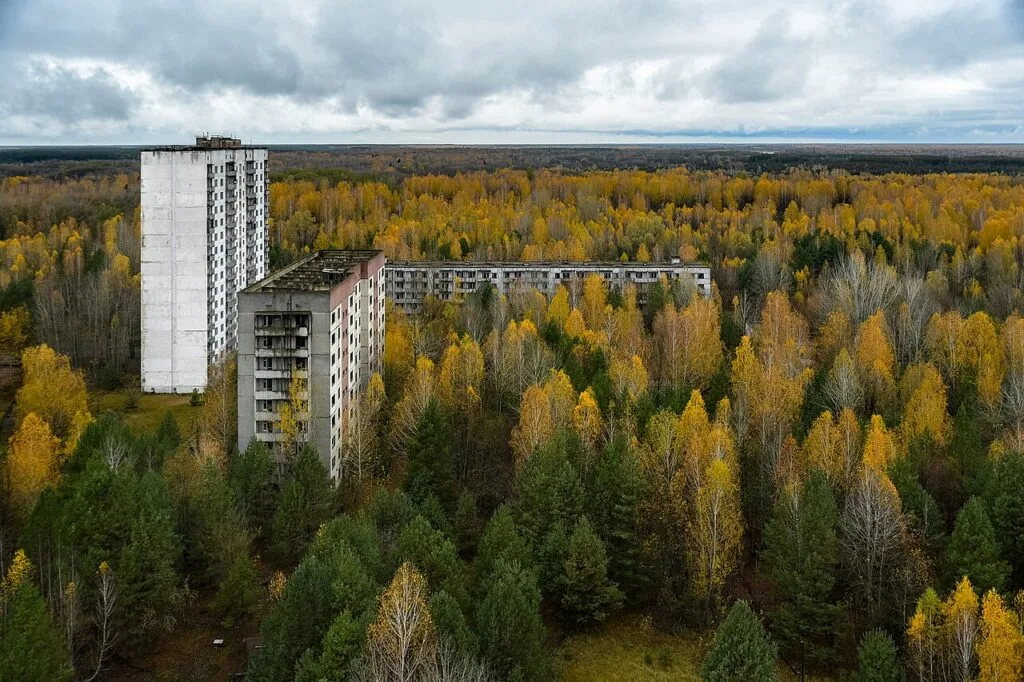
“The frogs turned from green to black - melanin works as a natural shield. Dogs have acquired more than 200 unique genetic variations that are not found anywhere else in the world. Scientists are debating whether to call this phenomenon degradation or evolution on fast forward.”
Some research showthat in the Chernobyl exclusion zone the percentage of frogs with darker skin significantly exceeds this figure in other regions. However, the point here is not that the body of each particular green frog adapted to radiation and began to more actively produce melanin. It’s just that after the nuclear power plant accident, it was mainly those with darker skin that survived, and those frogs whose skin was lighter simply died during the accident and in the coming years after it.
Regarding the statement about dogs, Verified has found no scientific studies that contain similar results. Scientists researched the genome of dogs that lived in close proximity to the Chernobyl Nuclear Power Plant and its surroundings, and compared them with the genome of dogs from other parts of Ukraine and neighboring countries. Their genomes were different, but researchers were unable to reliably determine whether this was due to exposure to radiation or decades of inbreeding in isolation.
“Even the birds have changed. The level of antioxidants in their blood is ten times higher than that of their relatives from “clean” places. They live longer, don’t lose energy during migration, and reproduce faster.”
Research testifythat some bird species were able to adapt to increased exposure to radiation (although data on an increase in antioxidants by a factor of ten could not be found). However, this does not apply to all species of birds living in the region, and the authors themselves emphasize that their studies have a number of limitations, since they studied only surviving individuals, that is, they obviously took into account only those who were able to adapt to radiation. There are studies that, on the contrary, testify about the negative impact of radiation on the species diversity and population of various bird species. Also scientists identifiedthat birds living in the area of the Chernobyl exclusion zone have a higher level of DNA damage.
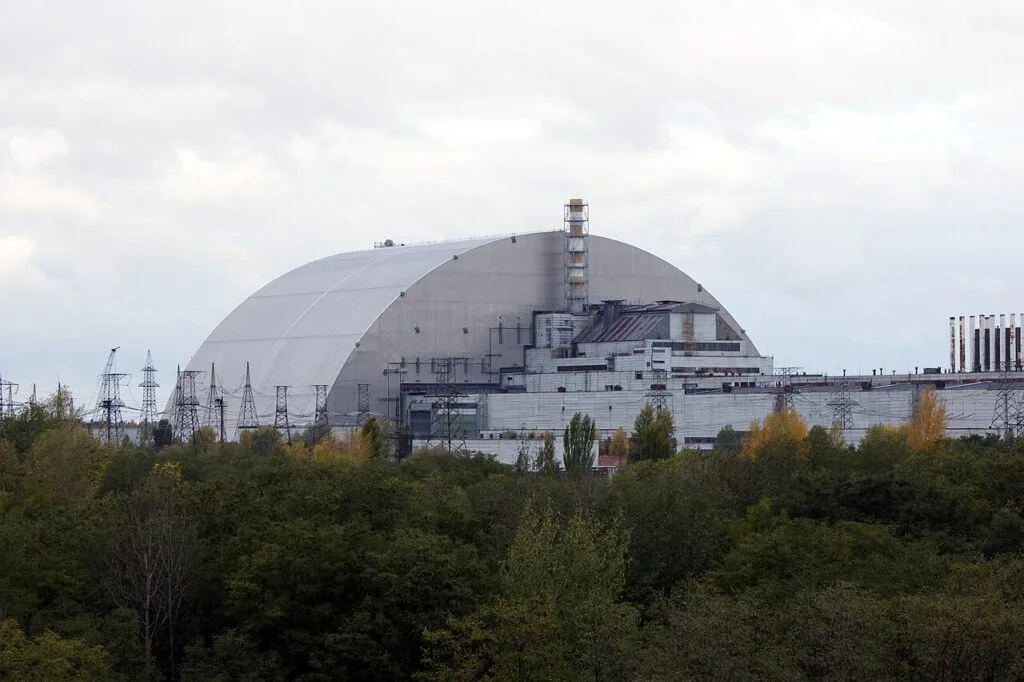
“The mushrooms growing near the reactor are the size of car wheels. These mushrooms feed on radiation - they literally absorb gamma radiation, turning it into growth energy. Biologists called this radiotrophy. This is not science fiction - this is the first recorded case where a living organism has learned to eat energy that kills everything else.”
It was not possible to find in authoritative sources information about abnormally large mushrooms in the Chernobyl Nuclear Power Plant zone “Verified”. The viral text does not specify which mushrooms we are talking about, so it is impossible to find out (even if such specimens were found in the exclusion zone) how much this size goes beyond the usual for a particular mushroom. For example, the world's largest mushroom, introduced into Guinness Book of Records, is a tinder fungus found on Hainan Island in China. Its size exceeded 10 m, so being “the size of a car wheel” doesn’t sound like some kind of incredible mutation.
If we talk about radiotrophy, then some fungi, the cell wall of which contains melanin, capable absorb radiation and use it to your advantage. But this is also not a unique mutation of mushrooms specifically in Chernobyl: similar mushrooms existed millions of years before the accident, and melanin served them as protection from ultraviolet radiation in those regions of the Earth where the natural background radiation is high. Therefore, such fungi did not adapt to the habitat in Chernobyl, but simply spread there, since such an environment is favorable for them.
Thus, the viral text about the speech of a biologist from Chernobyl was written by an Internet user who is far from this field of science, and the biologist himself and the conference where he allegedly spoke are, apparently, completely fictitious in order to give the statements more weight. The user specializes in clickbait publications of this nature. As for statements about biodiversity in the Chernobyl exclusion zone, many of them are based on real scientific data, but in many ways they are distorted and taken out of context, and some are completely fictitious. Currently, discussions are still ongoing in the scientific community regarding the effect of radiation on the flora and fauna in the Chernobyl exclusion zone, so it is incorrect to say anything unequivocally on the basis of individual studies, which are also incorrectly interpreted. The author of the text also abuses generalizations: he speaks in general about animals, birds and mushrooms, although, according to research, radiation had different effects on different species. There is reason to believe that for a population of certain animals (especially large ones), the advantages of the absence of the anthropogenic factor outweigh the disadvantages of radiation, but this does not mean that each individual animal lives a healthier and longer life.
Cover photo: Omar David Sandoval Sida, CC BY-SA 4.0, via Wikimedia Commons
- A. V. Yablokov, V. B. Nesterenko, A. V. Nesterenko, N. E. Preobrazhenskaya. Chernobyl: consequences of the Catastrophe for humans and nature
- Is it true that a new species of animal appeared in Chernobyl?
- Is it true that cockroaches can survive a nuclear explosion?
If you find a spelling or grammatical error, please let us know by highlighting the error text and clicking Ctrl+Enter.


